57936 results
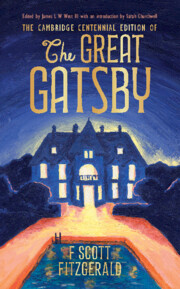
The Cambridge Centennial Edition of The Great Gatsby
- Coming soon
-
- Expected online publication date:
- January 2025
- Print publication:
- 31 January 2025
-
- Book
- Export citation
Merovingian Worlds
- Coming soon
-
- Expected online publication date:
- November 2024
- Print publication:
- 30 November 2024
-
- Book
- Export citation
Discovering Britain and Ireland in the Romantic Period
- Grand Tours
- Coming soon
-
- Expected online publication date:
- October 2024
- Print publication:
- 31 October 2024
-
- Book
- Export citation
The Neuroanatomy Riddle Book
- 150 Fun and Challenging Neuroanatomy Riddles
- Coming soon
-
- Expected online publication date:
- October 2024
- Print publication:
- 31 October 2024
-
- Book
- Export citation
The Neurology Riddle Book
- 150 Common and Rare Neurological Diseases in Riddle Form
- Coming soon
-
- Expected online publication date:
- September 2024
- Print publication:
- 30 September 2024
-
- Book
- Export citation
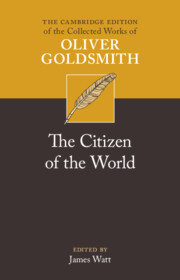
The Citizen of the World
- Coming soon
-
- Expected online publication date:
- August 2024
- Print publication:
- 31 August 2024
-
- Book
- Export citation
Core Topics in Paediatric Anaesthesia
- Coming soon
-
- Expected online publication date:
- August 2024
- Print publication:
- 31 August 2024
-
- Book
- Export citation
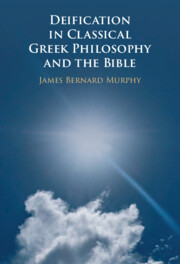
Deification in Classical Greek Philosophy and the Bible
- Coming soon
-
- Expected online publication date:
- July 2024
- Print publication:
- 31 July 2024
-
- Book
- Export citation
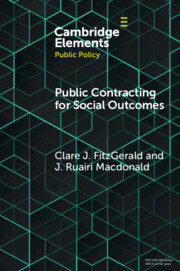
Public Contracting for Social Outcomes
- Coming soon
-
- Expected online publication date:
- June 2024
- Print publication:
- 30 June 2024
-
- Element
- Export citation
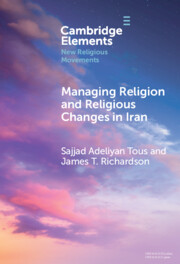
Managing Religion and Religious Changes in Iran
- A Socio-Legal Analysis
- Coming soon
-
- Expected online publication date:
- June 2024
- Print publication:
- 30 June 2024
-
- Element
- Export citation
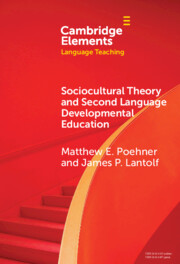
Sociocultural Theory and Second Language Developmental Education
- Coming soon
-
- Expected online publication date:
- June 2024
- Print publication:
- 30 June 2024
-
- Element
- Export citation
Figures
-
- Book:
- India Population Report
- Published online:
- 15 August 2023
- Print publication:
- 31 May 2024, pp vii-xii
-
- Chapter
- Export citation
2 - Demographic Dividend in India
-
-
- Book:
- India Population Report
- Published online:
- 15 August 2023
- Print publication:
- 31 May 2024, pp 21-45
-
- Chapter
- Export citation
Preface and Acknowledgements
-
-
- Book:
- India Population Report
- Published online:
- 15 August 2023
- Print publication:
- 31 May 2024, pp xxvii-xxviii
-
- Chapter
- Export citation
Frontmatter
-
- Book:
- India Population Report
- Published online:
- 15 August 2023
- Print publication:
- 31 May 2024, pp i-iv
-
- Chapter
- Export citation
Tables
-
- Book:
- India Population Report
- Published online:
- 15 August 2023
- Print publication:
- 31 May 2024, pp xvii-xxvi
-
- Chapter
- Export citation
Maps
-
- Book:
- India Population Report
- Published online:
- 15 August 2023
- Print publication:
- 31 May 2024, pp xiii-xvi
-
- Chapter
- Export citation
II - Interlinkages for Better Health
-
- Book:
- India Population Report
- Published online:
- 15 August 2023
- Print publication:
- 31 May 2024, pp 311-312
-
- Chapter
- Export citation
Index
-
- Book:
- India Population Report
- Published online:
- 15 August 2023
- Print publication:
- 31 May 2024, pp 563-572
-
- Chapter
- Export citation
Contents
-
- Book:
- India Population Report
- Published online:
- 15 August 2023
- Print publication:
- 31 May 2024, pp v-vi
-
- Chapter
- Export citation



